Space Weather
Space Weather is the term scientists use to describe the ever changing conditions in space. Explosions on the Sun create storms of radiation, fluctuating magnetic fields, and swarms of energetic particles. These phenomena travel outward through the Solar System with the solar wind. Upon arrival at Earth, they interact in complex ways with Earth's magnetic field, creating Earth's radiation belts and the Aurora. Some space weather storms can damage satellites, disable electric power grids, and disrupt cell phone communications systems.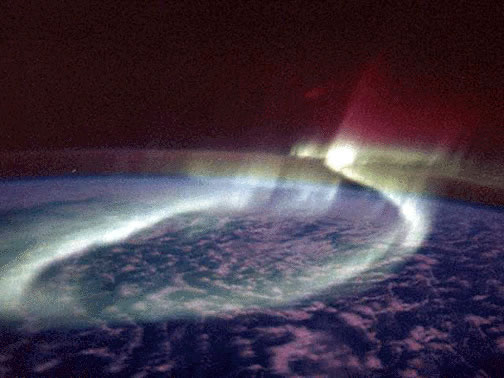

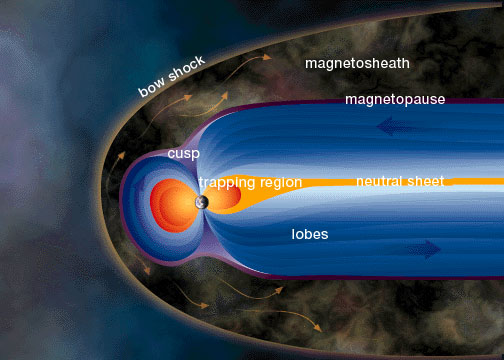
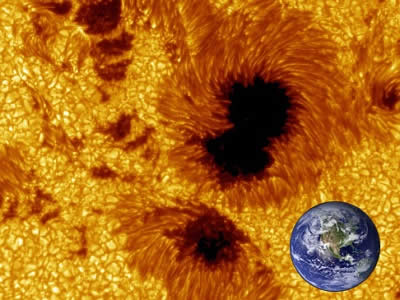
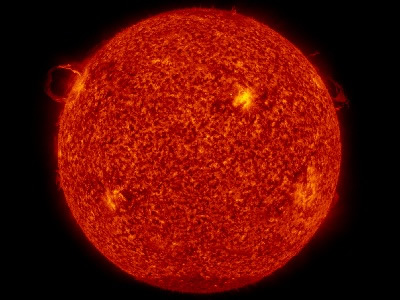
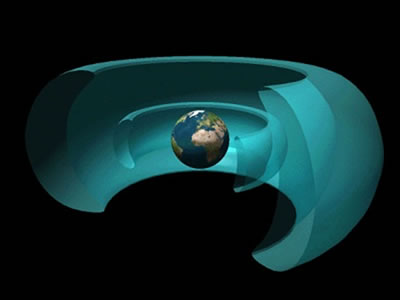
Please log in
Science Blogs
Real Climate: climate science from climate scientists

Windows to the Universe, a project of the National Earth Science Teachers Association, is sponsored in part is sponsored in part through grants from federal agencies (NASA and NOAA), and partnerships with affiliated organizations, including the American Geophysical Union, the Howard Hughes Medical Institute, the Earth System Information Partnership, the American Meteorological Society, the National Center for Science Education, and TERC. The American Geophysical Union and the American Geosciences Institute are Windows to the Universe Founding Partners. NESTA welcomes new Institutional Affiliates in support of our ongoing programs, as well as collaborations on new projects. Contact NESTA for more information.






